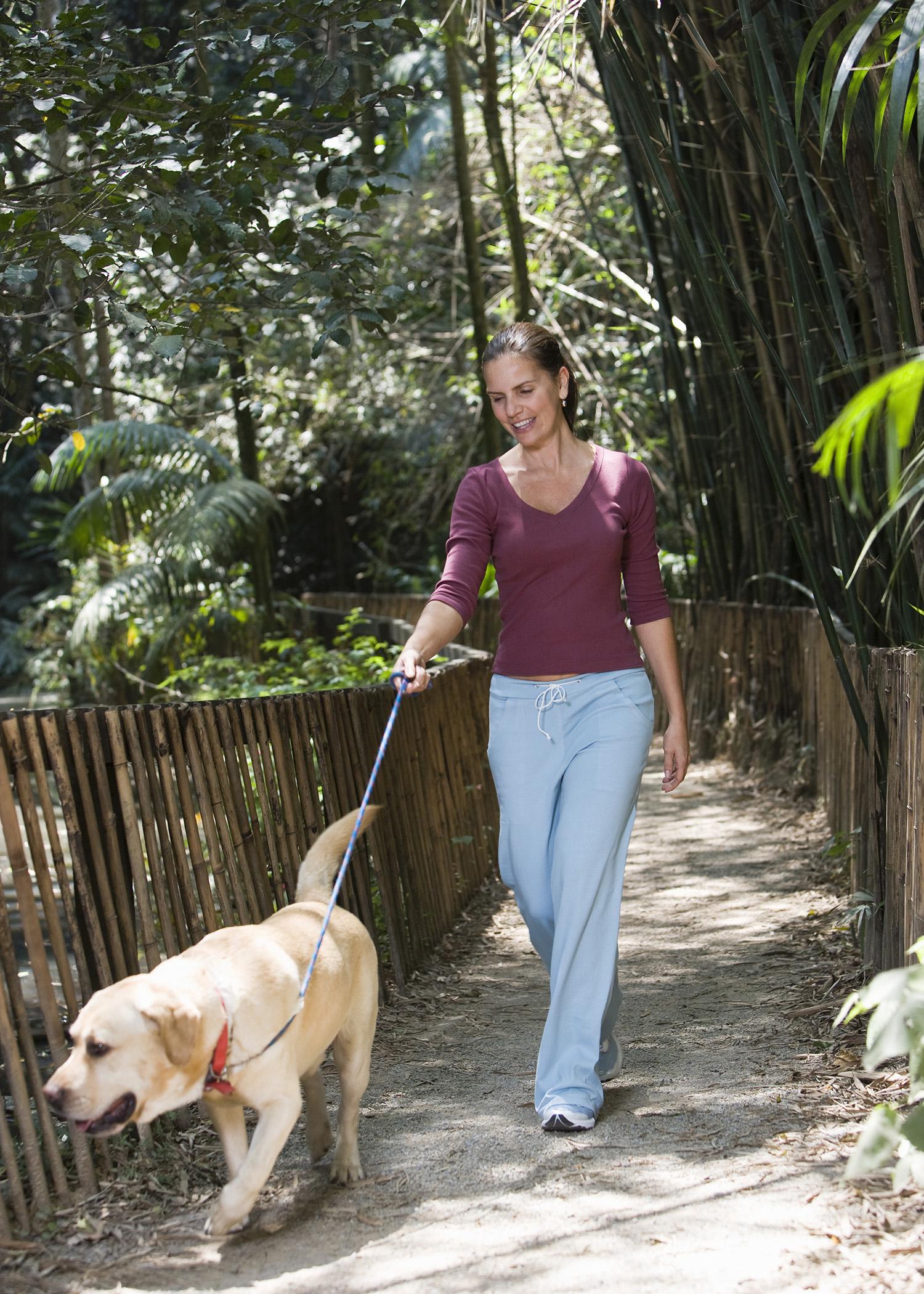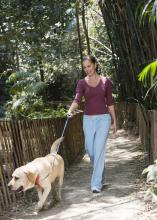Information Possibly Outdated
The information presented on this page was originally released on December 18, 2013. It may not be outdated, but please search our site for more current information. If you plan to quote or reference this information in a publication, please check with the Extension specialist or author before proceeding.
Table scraps can lead to pet obesity, other illnesses
JACKSON – Holiday leftovers often end up in Rover’s dish, but those tasty morsels can lead to more than just an upset stomach.
Dr. Sarah Garcia, veterinarian in the Department of Clinical Science at the Mississippi State University College of Veterinary Medicine, said veterinary professionals advise against feeding table scraps to any pet because they can cause health problems.
“The excess calories and fat in table scraps increase a dog’s risk of becoming overweight, which can lead to chronic diseases,” Garcia said. “Pancreatitis, or inflammation of the pancreas, is commonly seen in overweight pets that consume high-fat human foods.”
Overweight dogs are also at increased risk for diabetes, heart disease, joint and muscle problems and reduced life expectancy, Garcia said. Some human foods are even toxic to dogs.
“There are many foods that are poisonous to dogs, such as chocolate, grapes, raisins, onions and garlic,” Garcia said. “So it’s best to avoid feeding dogs human foods.”
Garcia also recommended keeping unattended food out of the animals reach.
People often think dogs are hungry if they hang around the kitchen when food is prepared, or if pets they watch humans eat. But Garcia said this is likely not the case.
“Most dogs will look hungry if they smell food around, but that does not mean the dog is hungry or needs to eat,” Garcia said. “A dog that is receiving the appropriate amount of food daily from a well-balanced dog food does not require any more calories.”
Most dog food companies provide a chart that indicates the proper amount of food to feed based on a dog’s body weight, Garcia said.
Pet owners should also ask holiday guests not to feed their animals table scraps. Garcia said it is best to be up front with guests and let them know why human foods can be harmful.
“If you are concerned your guests won’t be able to resist the beggar’s face that most dogs master to encourage us to give them what they want, including walks and rides in the car, put the dog outside, in a kennel or separate room while you are entertaining,” she said.
Treats formulated specifically for dogs are a good option if it is too difficult to resist that puppy dog face. Just give them sparingly, Garcia said.
Statistics compiled by the Association for Pet Obesity Prevention showed that 52.5 percent of U.S. dogs were overweight or obese in 2012. Genetic predisposition of certain breeds and metabolic disorders can increase a dog’s likelihood of being overweight, but overfeeding and a sedentary lifestyle will definitely result in unwanted pounds, Garcia said.
Obesity is best diagnosed by a veterinarian based on the dog’s body condition score, a scale from 1 to 5, with 1 being very thin and 5 being obese. Dogs at an ideal weight have a well-proportioned waist, and the ribs can be felt under a slight layer of fat, Garcia said.
“Although obesity is usually caused by the accumulation of fat due to excess calories, there are disorders, such as hypothyroidism, that can cause dogs to be overweight without consuming extra calories. Tumors also can cause an animal to look overweight,” she said. “If an owner suspects their dog is overweight or obese, we recommend the pet get a checkup from the veterinarian before beginning a weight loss plan.”
For healthy dogs receiving the right amount of calories, daily walks on a leash are enough to combat weight gain, Garcia said. But special therapies may be needed for senior pets or those with joint disease.
“Swimming in a pool or pond is great cardiac exercise and allows the dog to fully flex and extend his limbs without having to fight gravity,” said Ruby Lynn Carter, a certified rehabilitationist in the clinical science department at the College of Veterinary Medicine. “It is much less stressful on their joints.”
When it is too cold for leash walks, Carter said most dogs can be trained to walk on a regular treadmill.
For owners who have physical limitations of their own and cannot provide exercise opportunities for their pets, some facilities, such as the College of Veterinary Medicine, offer underwater treadmill walking, swimming and various other exercise therapies to help pets lose weight, Carter said.
For more information on rehabilitation services available through the College of Veterinary Medicine, call 662-325-7016
Contact: Karen Templeton, (662) 325-1100




